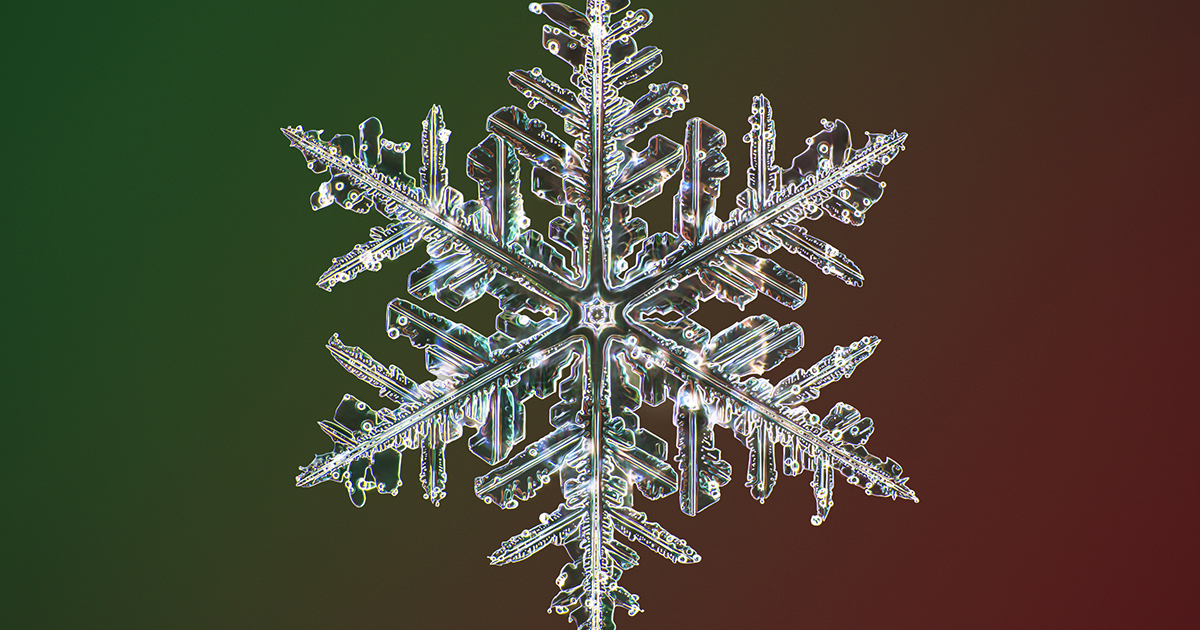Disir
Platinum Member
- Sep 30, 2011
- 28,003
- 9,607
- 910
Everyone knows that snowflakes are unique arrays of tiny crystals—no two are precisely the same. However, capturing the unique designs of snowflakes using photography can be very tricky. Snowflakes are easily disfigured with the slightest warmth or touch, so renowned photographer Nathan Myhrvold had to develop a specialized camera when he decided to shoot the most technically advanced images of snowflakes ever attempted. As a photographer, chef, and founder of Modernist Cuisine, Myhrvold's years of experience in food photography prepared him with the speed, innovation, and technical skill for this challenge. With his purpose-built camera, he captured stunning images of delicate snowflakes at the highest resolution to date.
To get these perfect shots—available now as prints at the Modernist Cuisine Gallery—many factors had to be perfectly calibrated. To avoid melting or sublimation of the snowflakes, the images were shot on location in Fairbanks, Alaska and Yellowknife, Northwest Territories, Canada. Myhrvold used a special camera of his own design. He combined the magnifying power of a microscopic lens (as typically used in snowflake photography) with a specially designed optical path. This path allowed the lens to channel its image to a medium-format digital sensor—which provided the stunningly high level of resolution. In addition, the camera featured a cooling stage upon which the tiny specimens could rest. With LED short-pulse lights and a shutter speed of less than 500 microseconds, Myhrvold was able to capture multiple images of each snowflake at different focal lengths. These images were then stacked to create the final image.

 mymodernmet.com
mymodernmet.com
The pictures are pretty cool looking. I wish I had that kind of talent.
To get these perfect shots—available now as prints at the Modernist Cuisine Gallery—many factors had to be perfectly calibrated. To avoid melting or sublimation of the snowflakes, the images were shot on location in Fairbanks, Alaska and Yellowknife, Northwest Territories, Canada. Myhrvold used a special camera of his own design. He combined the magnifying power of a microscopic lens (as typically used in snowflake photography) with a specially designed optical path. This path allowed the lens to channel its image to a medium-format digital sensor—which provided the stunningly high level of resolution. In addition, the camera featured a cooling stage upon which the tiny specimens could rest. With LED short-pulse lights and a shutter speed of less than 500 microseconds, Myhrvold was able to capture multiple images of each snowflake at different focal lengths. These images were then stacked to create the final image.

Photographer Crafts Special Camera To Capture Delicate Snowflakes in the Highest Resolution Ever [Interview]
"I hope people can tell there’s beauty in things that they can’t see with the naked eye."
The pictures are pretty cool looking. I wish I had that kind of talent.
